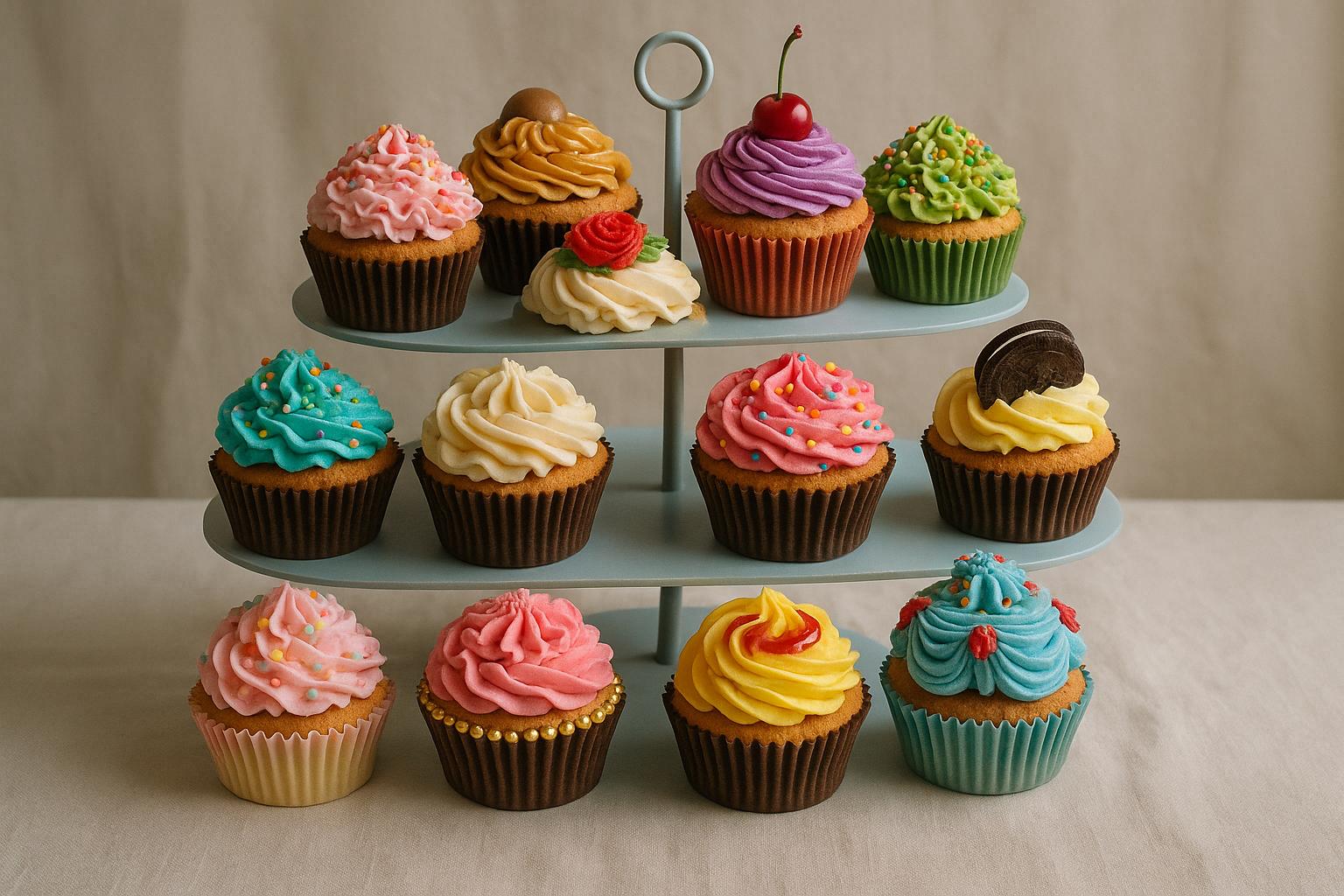You’re not allowed to lick paintings in museums, which is cruel when confronted with something as temptingly luscious as the works of Wayne Thiebaud. The American artist, a pioneer of Pop art, dedicated his lengthy career to painting cakes, sweets, and gumball machines—a vividly colourful universe of treats and confections, reminiscent of American diners and deli counters. His art irresistibly invites viewers to indulge in a visual feast, as if to take a bite from the oily cherry pies and pastel pastries that seem almost to ooze from the canvas.
Yet, Thiebaud’s paintings are far more than mere eye candy designed to provoke salivation. His 2025 retrospective at the Courtauld Gallery in London, his first UK museum exhibition, reveals how his work functions as a rigorous exploration of the still life tradition, updating it for the mid-20th century. Drawing from his background in illustration and animation—he apprenticed at Walt Disney Studios and worked as a cartoonist and motion picture animator—Thiebaud mastered a direct and immediate visual language. This skill allowed him to combine precise legibility with painterly complexity, marrying accessible subject matter with a thoughtful art historical depth.
In the 1950s, Thiebaud crossed paths with leading Abstract Expressionists such as Willem and Elaine de Kooning, an encounter that fused his commercial art expertise with experimental modernism. Early paintings from 1956, such as depictions of butcher counters and pinball machines, show a murkier, more abstract style, but by the early 1960s, his hallmark approach had emerged: thickly applied paint capturing everyday objects rendered with obsessive detail and geometric clarity. Cakes become cylinders, pies are reduced to triangles, and gumball machines are spheres within spheres—meticulously constructed volumes that nod to Cézanne and Chardin. His still lifes are not only painterly achievements but conceptual meditations on form, consumerism, and postwar America.
Thiebaud’s work uniquely blends consumer culture’s exuberance with an avant-garde seriousness lacking in many of his Pop Art contemporaries. Unlike Andy Warhol’s detached and mechanically reproduced subjects, Thiebaud’s canvases are lovingly hand-painted, exuding a tactile physicality and warmth. This tension between commercial imagery and fine art craftsmanship provided a fertile ground for interpretation: whether seen as a celebration or critique of capitalist abundance, an ode to American postwar prosperity, or an examination of painting’s geometric underpinnings, his work remains richly ambiguous.
The Courtauld exhibition stops at 1969, leaving visitors wanting more of Thiebaud’s sweetly seductive and richly textured visions. Yet, in every thick stroke and bright colour lies a complex dialogue about American life, art history, and desire—an invitation not only to look but to savour. Through his paintings, Thiebaud makes gluttons of us all, encouraging a consuming gaze as insatiable as the subjects he lovingly immortalised.
📌 Reference Map:
- Paragraph 1 – [1], [2]
- Paragraph 2 – [1], [3], [6]
- Paragraph 3 – [1], [4], [7]
- Paragraph 4 – [1], [4], [5], [7]
- Paragraph 5 – [1], [2], [3]
Source: Noah Wire Services
